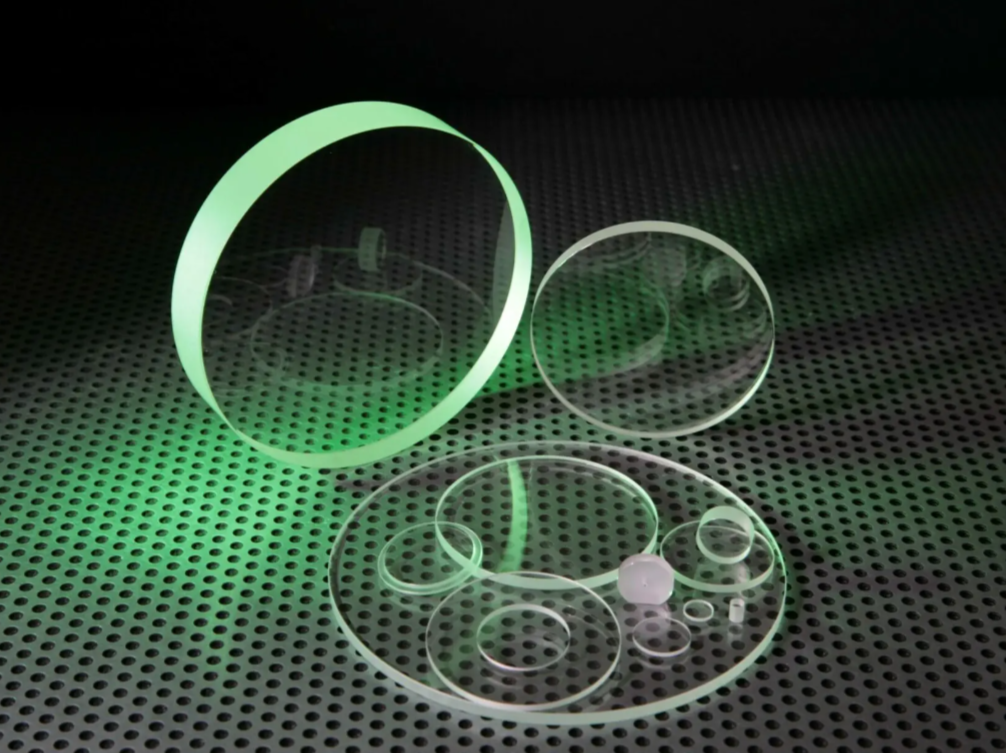
In recent years, the field of advanced optics has undergone groundbreaking transformations, largely driven by the advent of metamaterials. These remarkable materials, crafted with precise structures, exhibit properties not found in nature, allowing for the unique manipulation of electromagnetic waves, including visible light. Imagine bending light around objects to render them invisible or creating lenses that can see beyond the capabilities of traditional microscopes—these are just some of the incredible possibilities offered by metamaterials. This article invites you to delve into the fascinating world of metamaterials, exploring their innovative design, extraordinary capabilities, and potential applications. Whether you are a high school student curious about cutting-edge science or an aspiring physicist, this comprehensive guide will illuminate the exciting journey of conducting advanced optical experiments with metamaterials.

Figure 1: Metamaterials
What are Metamaterials?
So, actually what are metamaterials? Being a high-school student that might be the first question which came across your mind while reading the above paragraph. Here's the definition used everywhere:
"Metamaterial is a type of material engineered to have a property that is rarely observed in naturally occurring material. They are made from assemblies of multiple elements fashioned from composite materials such as metals and plastic"
But looks like this definition isn't enough to understand their uniqueness, importance and function. So before diving deeper into the topic, let's know about the basic concept of these artificially engineered optical materials in simple terms.
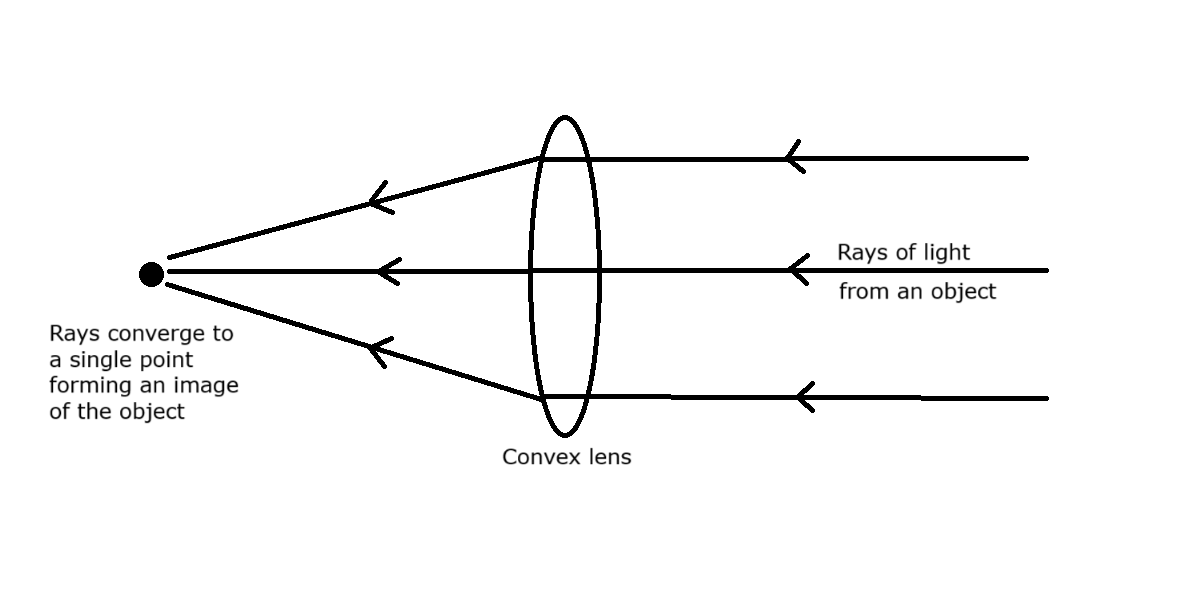
Figure 2: Converging of light by convex lens in terms of ray paths
Many of us may recall this diagram (Figure 2) from high school physics where rays of light from an object approaches a convex lens (made of glass) and they get refracted by the shape of the lens in such a way so that they converge at a single point forming an image. Now let's take a look at the alternate view of how lenses work.
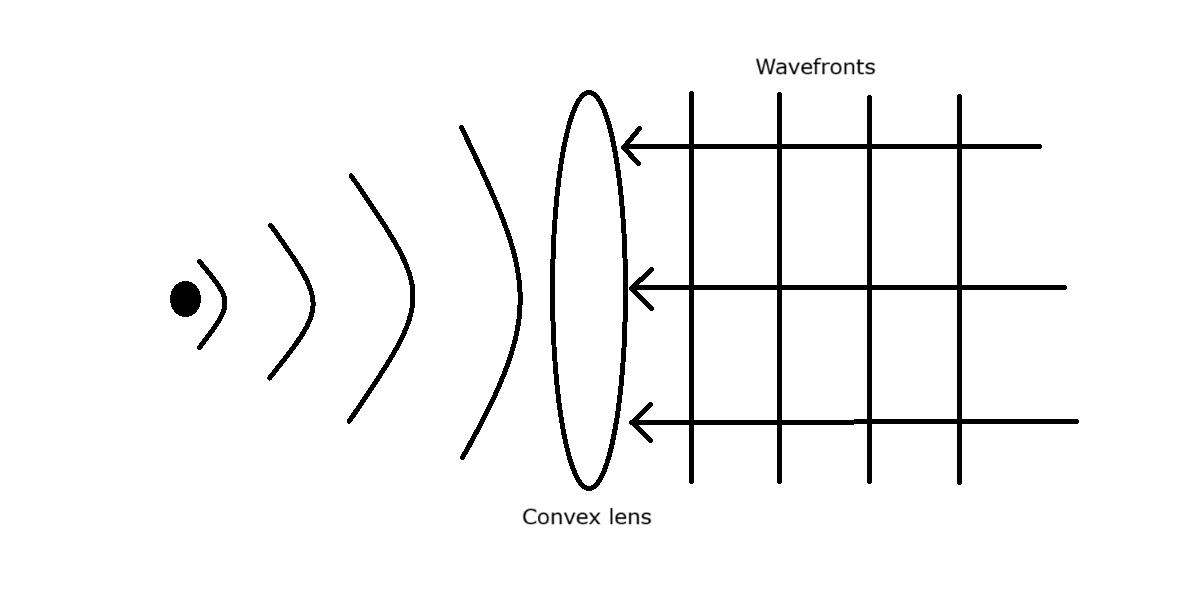
Figure 3: Understanding the converging of light by a convex lens in terms of wavefronts
As you can see that the lens is thinner at the edges and thicker at the center of the lens. This causes the part of wavefronts at the edges to slow down at a smaller extent when compared to the slowing down of the part of wavefront at the center. Hence the shape of the wavefront becomes curved, forming a converging wave as shown in the diagram. But the problem arises with the specific curved shape of the lens, without which these converging waves won't be able to form properly. This causes lenses to be expensive since they are difficult to be manufactured as the shape must be extremely precise. However, here comes the metamaterial to save us. Figure 4 and 5 explains how.
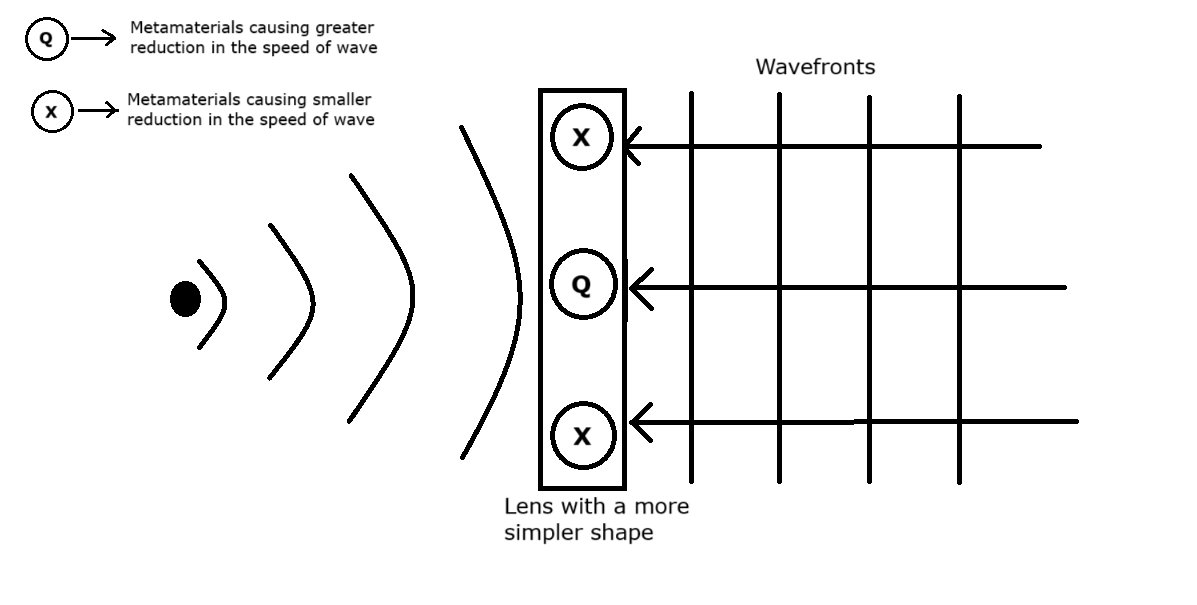
Figure 4: Metamaterials enabling the use of a much simpler shaped instrument to produce the converging waves.
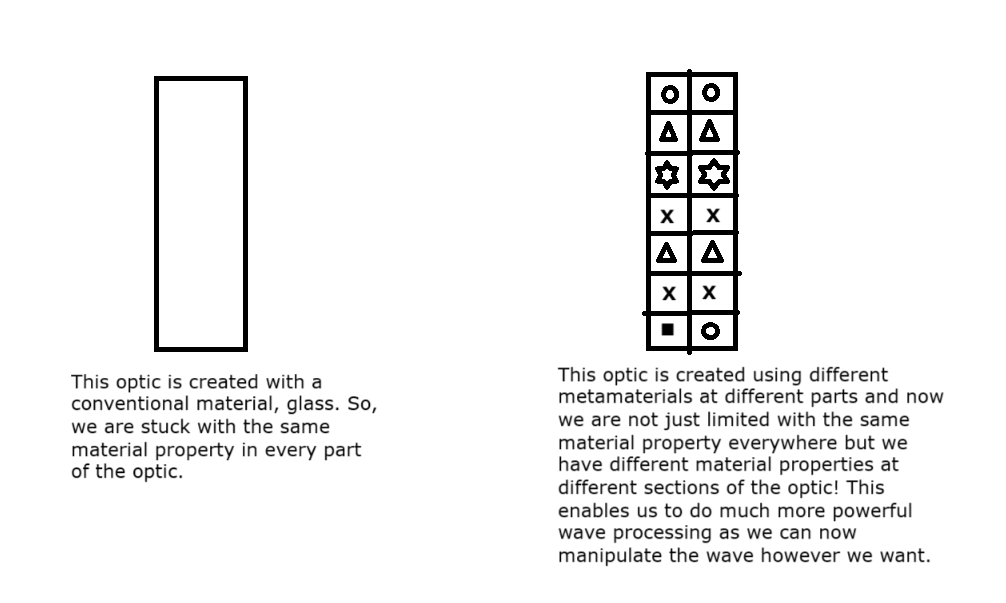
Figure 5: Advantages of using a metamaterials.
The Science Behind Metamaterials
Metamaterials derive their extraordinary properties from their structure rather than their composition. These materials exhibit negative refraction and superlensing. Negative refraction bends light in the opposite direction of conventional materials. Superlensing surpasses the diffraction limit, allowing imaging at finer resolutions.
How are they designed?
The design of metamaterials involves computer-aided design (CAD) software such as COMSOL Multiphysics or CST Microwave Studio. These tools allow to model and simulate the optical properties of different structures. The key is to create designs that achieve the desired interactions with light. Simulations predict how these designs will perform, guiding the fabrication process.
Where can we use metamaterials?
Super-lenses: Enhanced imaging technologies.
Cloaking Devices: Stealth technology.
Photonic Devices: Improved waveguides, solar cells, antennas, and sensors.
Principles of Light Manipulation
The interaction of light with metamaterials is a fascinating process governed by the fundamental principles outlined in Maxwell's equations. These equations describe how electric and magnetic fields propagate through space and interact with materials. However, what makes metamaterials truly extraordinary is their ability to control these interactions in ways that natural materials cannot. By designing intricate structural patterns at scales smaller than the wavelength of light, scientists can engineer metamaterials to achieve precise control over the propagation of electromagnetic waves.
Imagine being able to tailor the path of light as if you were designing a roadway for photons. This is possible because metamaterials are composed of tiny unit cells, each crafted to interact with light in specific ways. The geometry of these unit cells determines how light waves bend, twist, or spread as they pass through the material. This level of control allows for phenomena such as negative refraction, where light bends in the opposite direction compared to its behavior in conventional materials, and cloaking, where light is guided around an object, making it appear invisible. These engineered interactions open up a world of possibilities in optics and beyond. For instance, super-lenses made from metamaterials can surpass the diffraction limit of traditional lenses, allowing us to see finer details than ever before.
In essence, the ability of metamaterials to control light through their carefully designed structures is having a toolkit for bending and shaping electromagnetic waves at will. This remarkable capability is not only a testament to human ingenuity but also a gateway to new technological advancements that can transform fields ranging from imaging to telecommunications. As we delve deeper into the study and experimentation of metamaterials, we uncover more about their potential, paving the way for a future where our control over light could revolutionize the way we perceive and interact with the world around us.

Figure 6: Manipulation of Light
Experimental Setup
First of all collect all the materials that are listed below:
1. Laser Pointer: A standard red/green laser pointer for the light source.
2. Lenses: Simple convex and concave lenses to manipulate the light path.
3. Metamaterial Sample: Pre-fabricated metamaterial samples or diffractive optical elements that can be ordered from scientific suppliers.
4. Ruler: For aligning the components.
5. Beam Splitter (Optional): To direct part of the light to a different path for comparison.
6. Screens: White screens or graph paper to observe and measure the light path.
7. Spectrometer (Optional): A simple spectrometer or diffraction grating to analyze light behavior.
8. Protractor and Ruler: To measure angles of refraction and reflection.
To make the experiment more accessible for high school students, we can use basic materials and equipment that are more readily available in a school laboratory. Instead of complex laser setups, we can use a simple laser pointer. Common lenses from the physics lab can help demonstrate light bending and focusing. Pre-fabricated metamaterial samples or diffraction gratings, which can be ordered online, simplify the need for intricate fabrication. Using white screens or graph paper to observe and measure light paths makes data collection straightforward. This setup ensures that students can explore advanced concepts with tools they are already familiar with, making the learning process both engaging and practical.
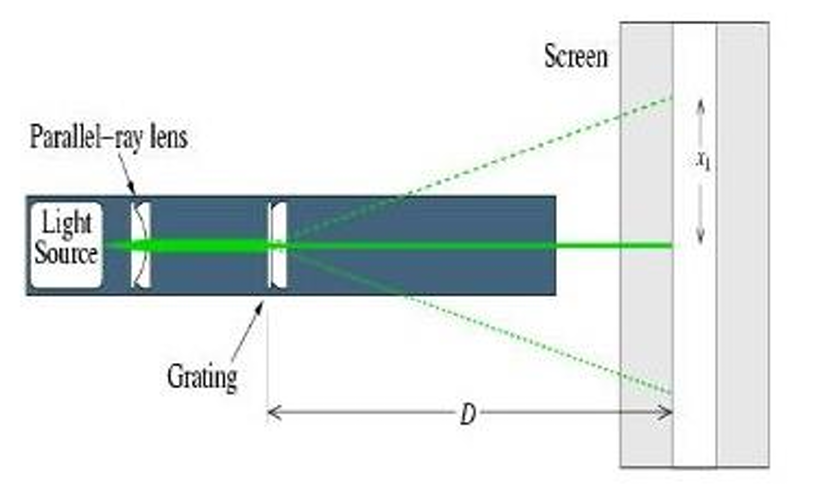
Figure 7: Experimental Setup Labelled Diagram (source: study.com)
Conducting the Experiment
Setup: Arrange the ruler on a stable table. Place the laser pointer at one end and secure it in place. (Optical Bench can also be used)
Positioning Lenses: Place a convex lens in the path of the laser beam to focus the light. Adjust the position until a clear focal point is achieved on a screen placed at the other end of the setup.
Adding Metamaterials: Insert the metamaterial sample into the light path between the laser and the screen. Observe the changes in the light pattern on the screen. If a metamaterial sample is not available, use a diffraction grating to demonstrate light manipulation.
Measurement: Use the protractor to measure the angles of refraction and reflection. Record how the light bends when passing through the metamaterial or diffraction grating.
Analysis: Compare the observed angles with theoretical predictions. Discuss how the structure of the metamaterial would influence light propagation.
Safety and Ethical Considerations
• Handle lasers carefully to avoid direct exposure to eyes.
• Ensure all components are securely placed to prevent accidents.
Wrapping Up!
Metamaterials offer ways to control and manipulate light, opening up a realm of possibilities that were once confined to science fiction. By understanding how these materials work and conducting hands-on experiments, high school students can gain deep insights into advanced optics, turning abstract concepts into real-world applications. This project is not just educational but also thrilling, allowing students to see light bend, focus, or even cloak objects.
Engaging with metamaterials provides a tangible connection to complex theories, fostering a profound appreciation for the interplay between theory and practice in science and engineering. This exploration can inspire students to think creatively and pursue further studies in fields such as physics, materials science, and electrical engineering.
Experimenting with metamaterials serves as a gateway to future innovations, encouraging young minds to delve deeper into the fascinating world of optics and beyond. It cultivates a spirit of innovation, laying the foundation for future breakthroughs. Exploring metamaterials is more than an academic exercise; it’s a journey into the future of science and technology, filled with endless possibilities and exciting discoveries.